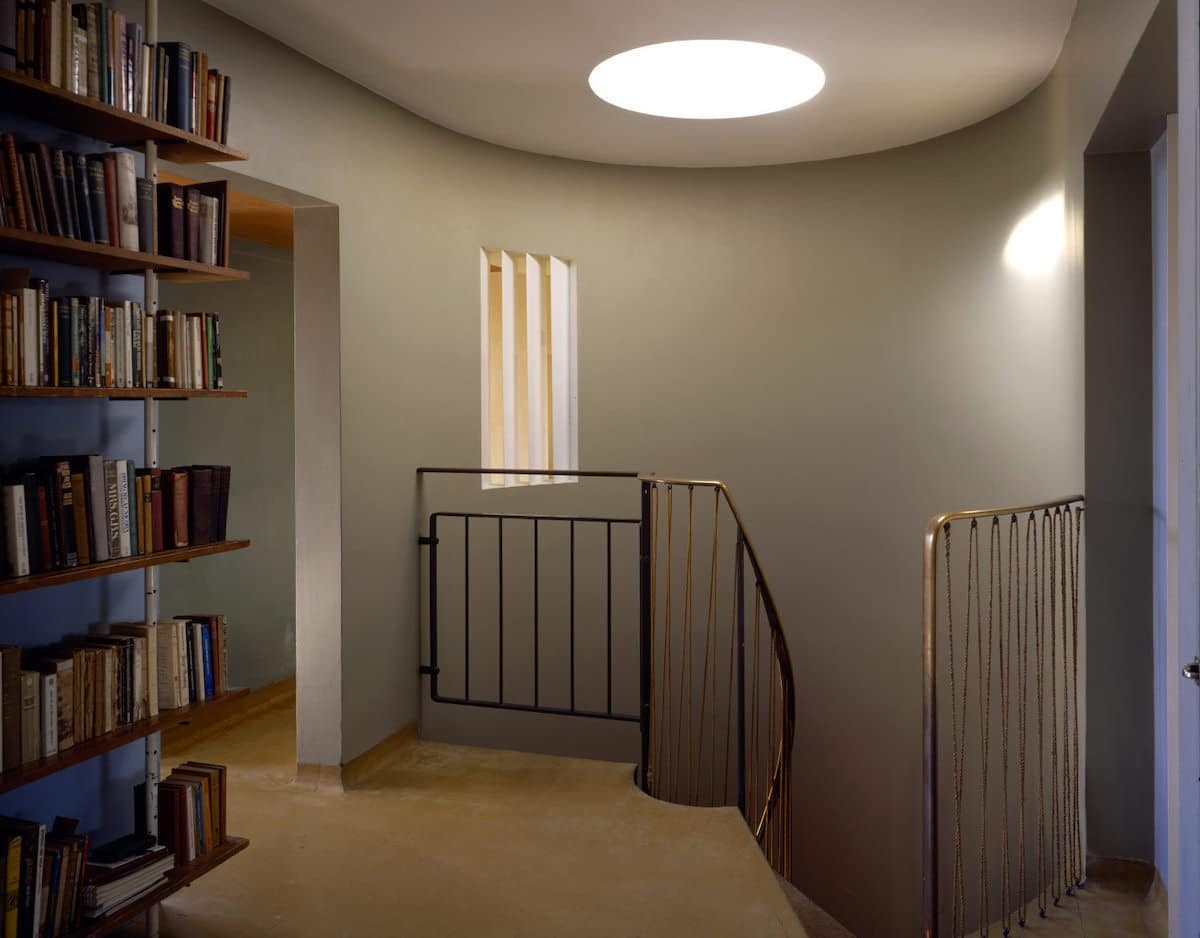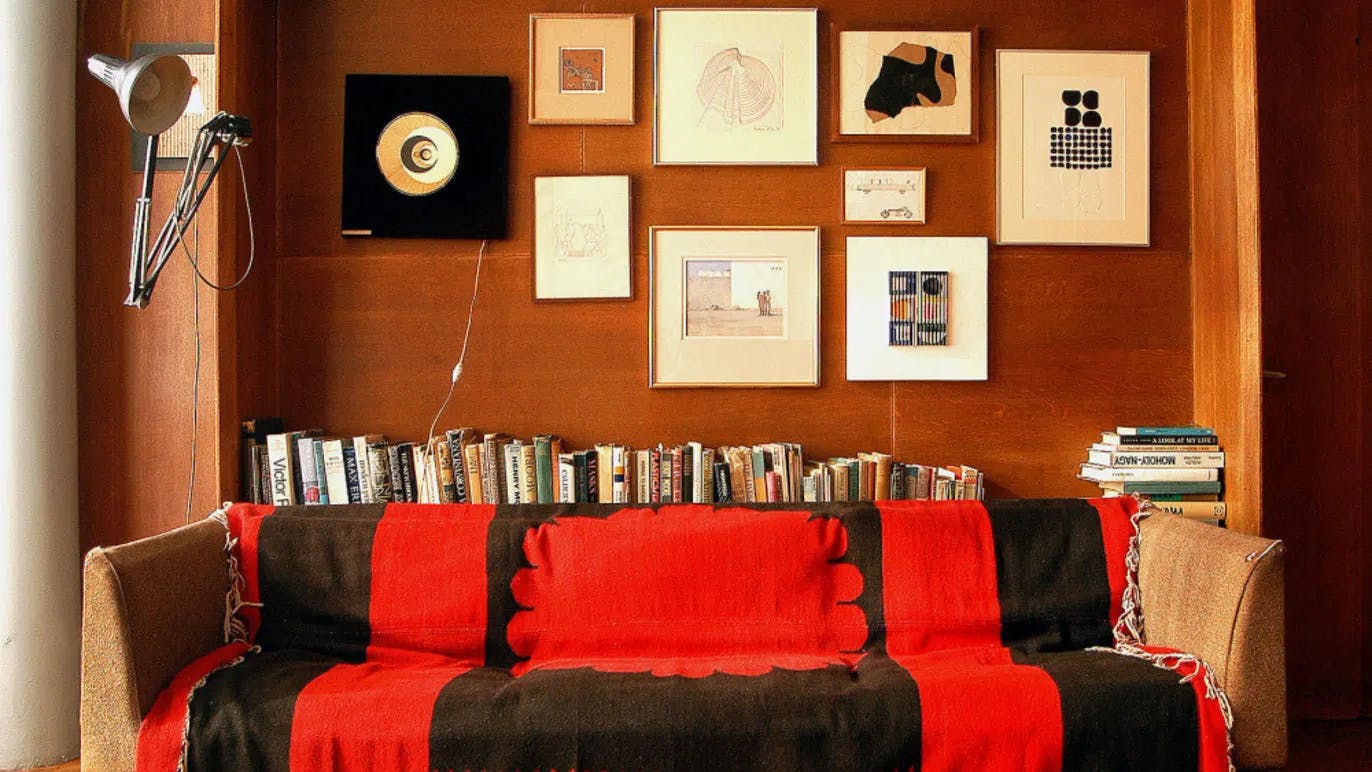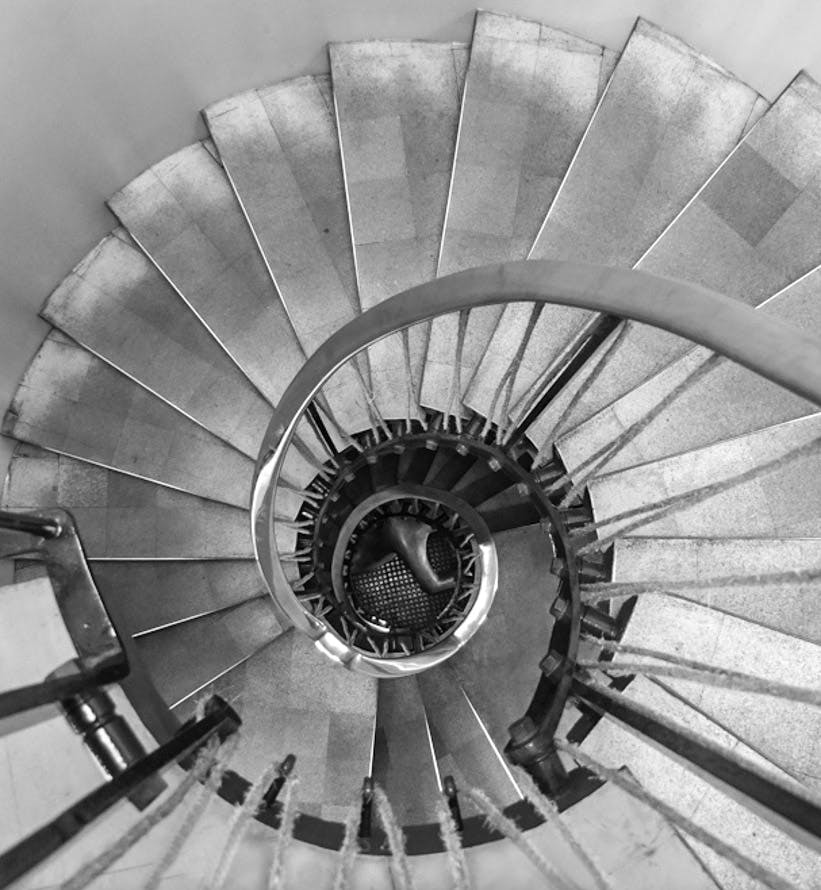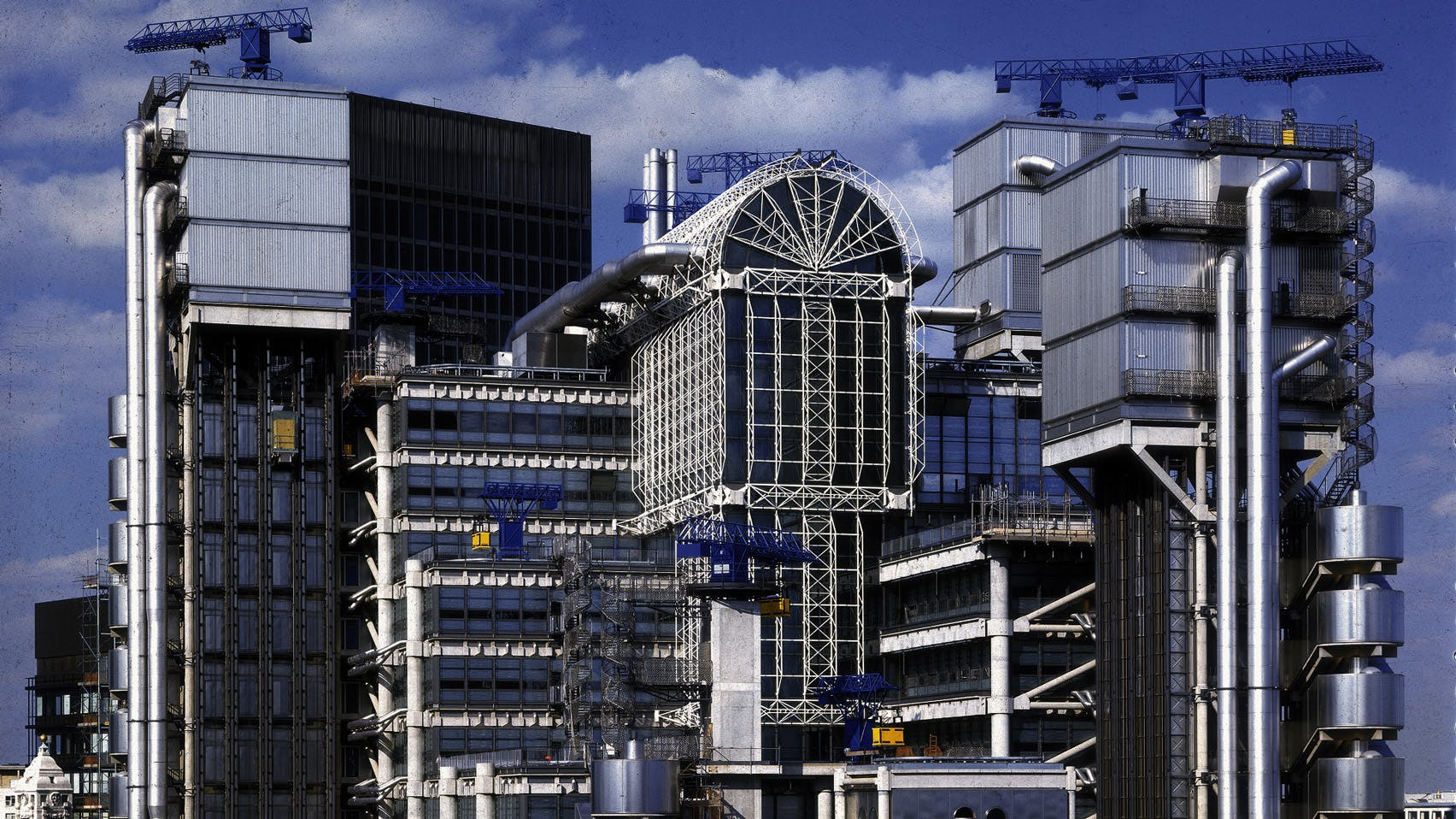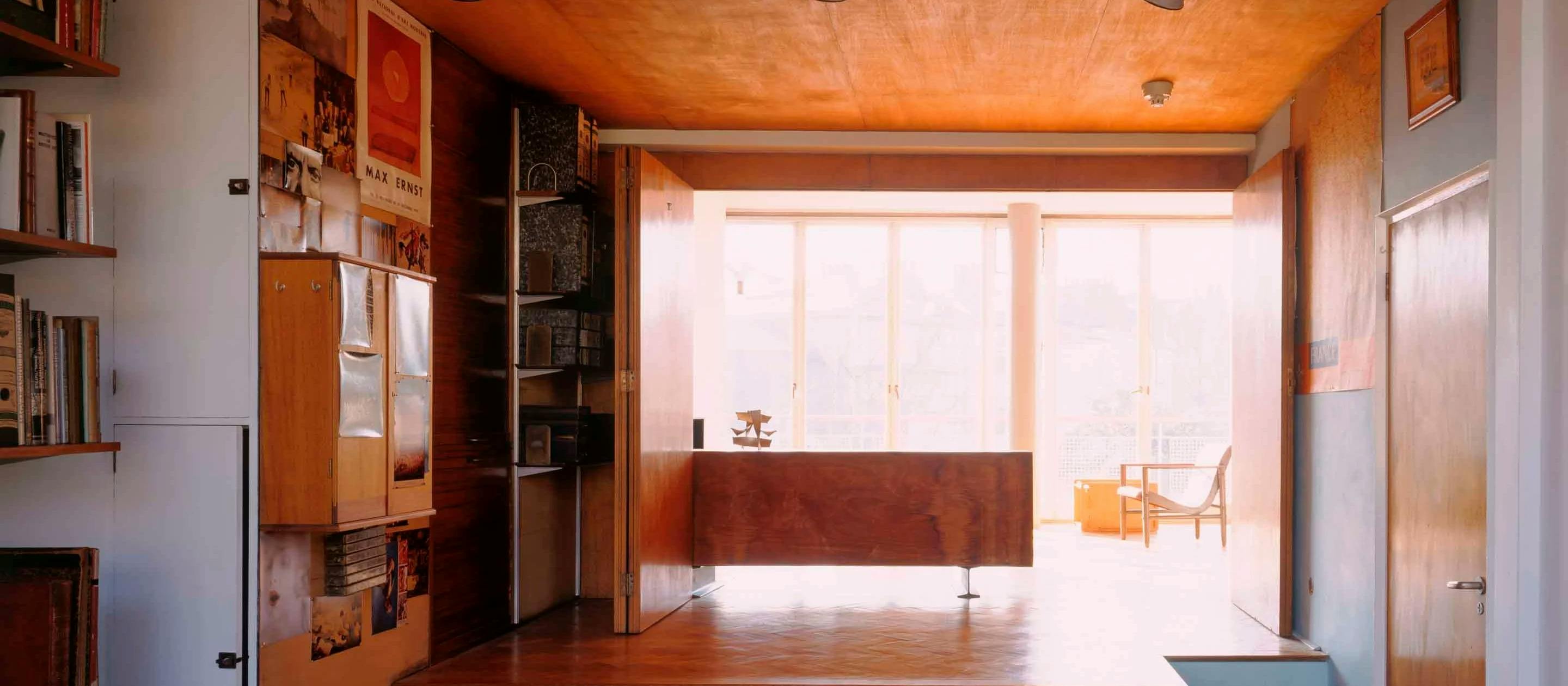
2 Willow Road
2 Willow Road in Hampstead, London, is a modernist house designed by the renowned architect Ernő Goldfinger in 1939. The structure features clean, geometric lines, flat roofs, and large windows. Built with reinforced concrete and brick, the house integrates natural light through its open-plan interiors and extensive use of glass, offering a striking contrast to the surrounding traditional Victorian homes.
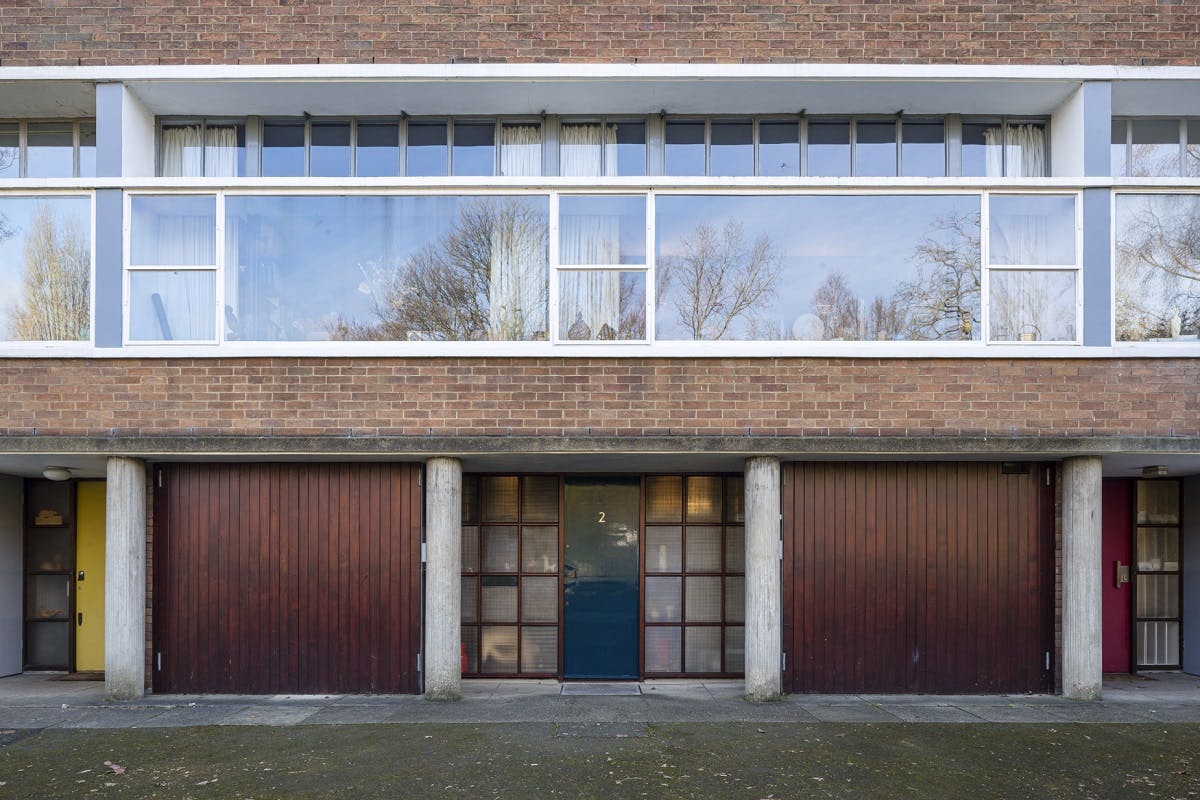
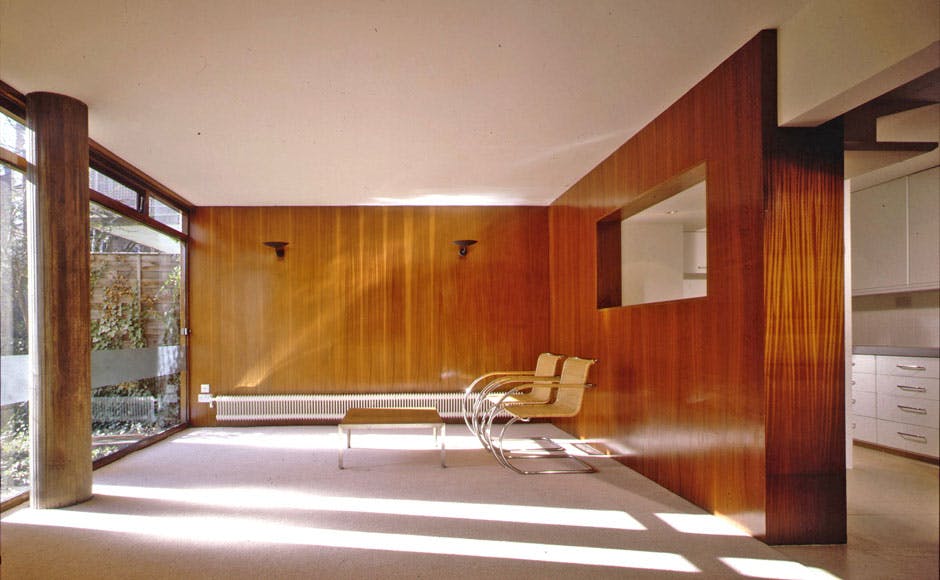
2 Willow Road, located in Hampstead, London, is a masterpiece of modernist architecture, designed by the Hungarian-born architect Ernő Goldfinger in 1939. The house is part of a terrace of three homes, with 2 Willow Road being Goldfinger's personal residence. Its design is a prime example of the modernist movement, characterized by its emphasis on clean, functional design and rejection of unnecessary ornamentation.
The structure is built primarily from reinforced concrete, a material that allows for the bold, cubic forms and large expanses of glass that define the building's facade. Goldfinger incorporated brick in a minimalist style, adding texture without interrupting the clean geometry of the house. A key feature of 2 Willow Road is its flat roof and strong horizontal lines, which, combined with the use of steel-framed windows, offer a stark contrast to the more ornate, pitched-roof houses typical of the Hampstead area.
Inside, the house follows an open-plan layout, a modernist principle that allows for fluid movement between spaces. Large windows flood the interiors with natural light, and clever design features, such as built-in furniture and sliding partitions, enhance the functionality and flexibility of the space. Despite its modernist rigor, Goldfinger's design retains a sense of warmth and livability, achieved through the use of wood finishes and carefully considered proportions.
2 Willow Road is not only an architectural landmark but also a statement of the modernist vision that prioritizes utility, clarity, and integration with the environment. Its construction challenged the prevailing architectural styles of the time, making it a bold and enduring contribution to British architectural history. Today, the house is preserved by the National Trust and serves as a testament to Goldfinger’s innovative approach to modern living.
